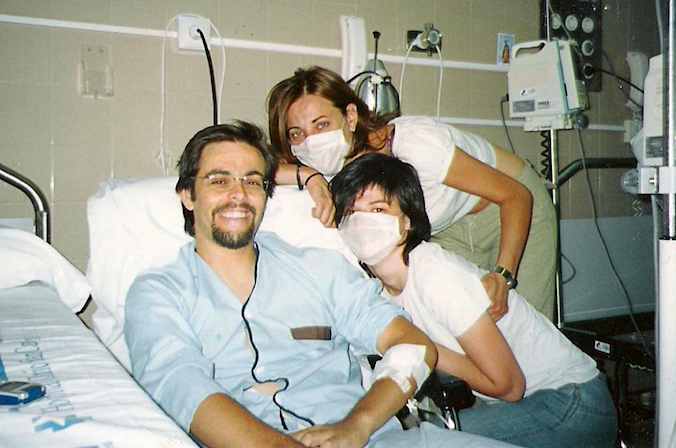A report released by the US Department of Health and Human Services this week shows an estimated 50,000 fewer patients died in hospitals and approximately $12 billion in health care costs were saved as a result of a reduction in hospital-acquired conditions over three years.
Some of the progress is due to provisions in the Affordable Care Act that offered Medicare payment incentives to improve the quality of care in hospitals. Also, HHS set a goal to improve patient safety in 2011 by launching the Partnership for Patients, which targeted specific conditions that are acquired through stays in hospitals.
“These data represent significant progress in improving the quality of care that patients receive while spending our health care dollars more wisely,” said HHS Secretary Sylvia M. Burwell. “HHS will work with partners across the country to continue to build on this progress.”
According to preliminary estimates, in 2013 alone, almost 35,000 fewer patients died in hospitals, and approximately 800,000 fewer incidents of harm occurred, saving approximately $8 billion.
Avoidable hospital-acquired conditions include adverse drug events, catheter-associated urinary tract infections, central line associated bloodstream infections, pressure ulcers, and surgical site infections, among others. HHS’ Agency for Healthcare Research and Quality has produced a variety of tools and resources to help hospitals and other providers prevent these conditions. To learn more, visit their website.
Photo by sancho panza on Flickr (CC) – Story Tip from Joel Arellano




















